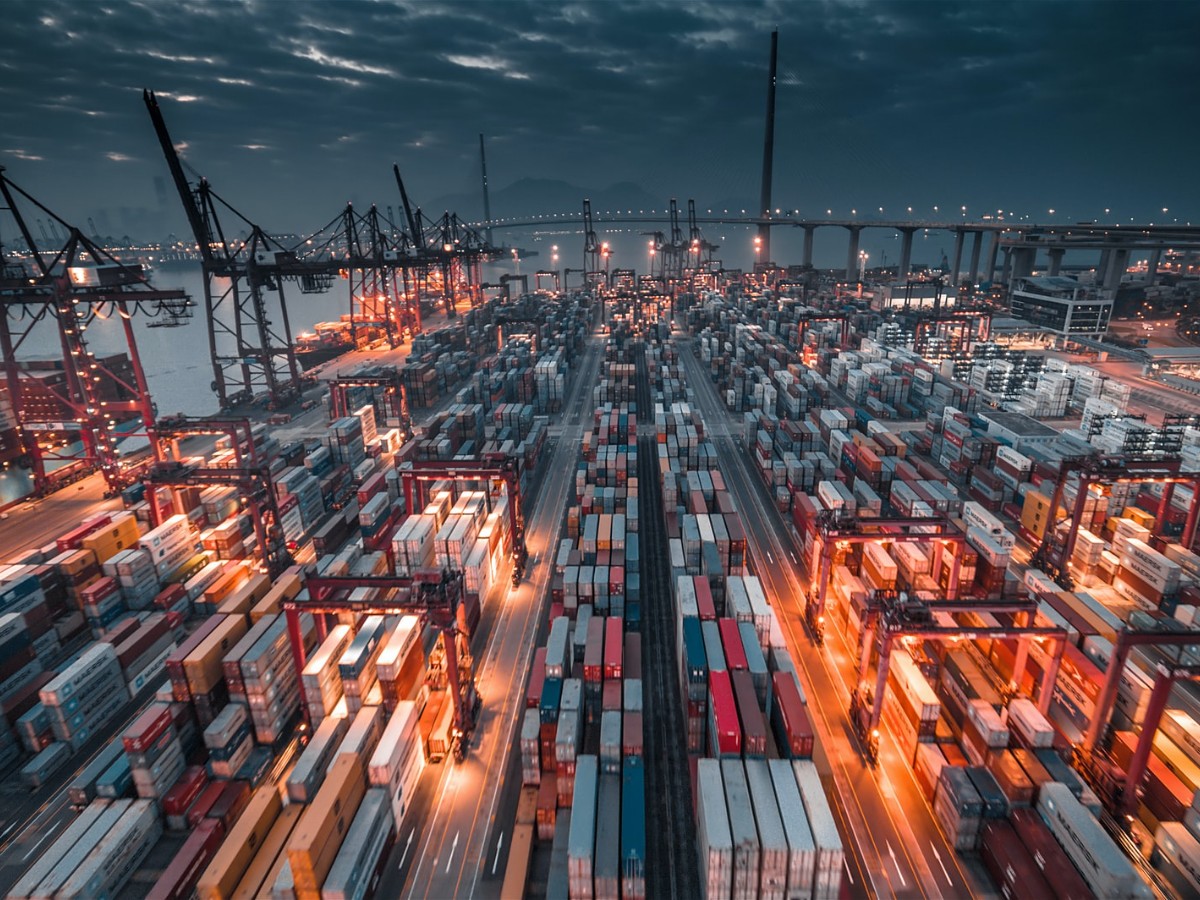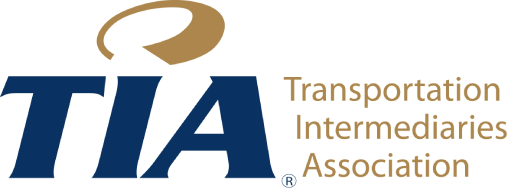Supply Chain Disruption Prompting Inflation
- Posted on 24 Apr, 2024

For years, industry leaders have embraced “Just in Time” or JIT delivery to keep inventory low, warehousing muted and capital free to be invested elsewhere. Back in the first quarter of 2020, the global health crisis resulting from COVID-19 shuttered factories and shipping. The initial disruption in the supply chain manifested itself as shortages in:
- Personal Protective Equipment or PPE
- Toilet paper
- Cleaning products
This led to empty shelves in stores and price increases. Eventually, there were also changes in consumer behavior. Making masks out of cloth, while not as effective as PPE, was a useful pivot to alleviate shortages. There was a marked purchase shift from brick and mortar to e-commerce. All but essential businesses were required to temporarily shutter their offices.
WORKING FROM HOME
With shelter-in-place mandates, millions were suddenly forced to work from home. As of mid 2020, the percentage of Americans who telecommuted was recorded at 49%, up from 42% in 2019. In addition to more people working from home, the percentage of remote workdays per month doubled from 6 to 12 (out of 20) compared to the prior year. According to a Gartner survey of chief financial officers, released in April 2021, 74% of companies surveyed plan to permanently shift to more remote work even after the crisis is over. In other words, there is a part of this telecommuting shift that is permanent. Working from home has shifted office worker demand away from commuting and towards hardware, software, space and furniture needed for home offices. On other fronts, many “essential” workers – including truckers – have had second thoughts about working in challenging conditions during a pandemic.
According to a BIE survey by the Atlanta Federal Reserve, a third of firms indicated that they were having difficulties with their employees’ availability for work..presumably…from employees’ concerns over contracting the virus, outbreaks causing production delays, or employees’ inability to work due to familial issues such as childcare or the care of other dependents.
RISE AND SHIFT IN DEMAND
While the pandemic is ongoing as of Fall 2021, increased vaccination has lifted many travel and business restrictions. The economic re-openings have seen an uptick in demand as well as a shift in consumer behavior. The surge in demand for furniture and electronics has resulted in Chinese factories playing “catch-up.” Worse still, shipping routes from Asia via the Pacific Ocean, primarily to ports in California, have become log jammed. As predicted by economic theory, a deficit in supply coupled with increases in demand prompts higher prices; inflation has touched 5% in the past year, more than double what the Federal Reserve targets. While the magnitude of price increases has further stressed the supply chain, the duration of inflationary pressure has policy makers wrestling with potential permanent shifts in pricing expectations. Businesses are faced with the double whammy of container prices and shipping times increasing three to six-fold. There are anecdotes of shipments that previously took one month now exceeding three months or container costing $5,000 to ship in 2020 approaching $30,000 in 2021.
The ports of Long Beach and Los Angeles will process some 20 million TEU (twenty-foot equivalent units of containers) or almost 40% of United States imports. The Biden Administration recently announced agreements for these ports to operate 24 hours. Larger companies such as Costco have commissioned their own ships. Ocean freight has been rerouted to Seattle and Oakland on the West Coast. With that said, there are still anecdotes indicating that for every available truck at ports in California, there are 13 containers waiting to be picked up. Containers in rail yards in Illinois are likewise oversubscribed. This has resulted in some shippers paying storage charges for containers that are taking longer to extricate.
THE SHAPE OF LOGISTICS TO COME
With ports backed up and truckers in short supply, there are warehouses packed in certain areas but others starving for products in many locations. Possibly since World War II the United States’ aging population and technological advances has generally resulted in lower prices and increased mass production. However, with the current scenario, so many questions have been prompted such as:
- What will be the impact of infrastructure and social spending legislation?
- Will firms move away from JIT or store more backup supply of components with long lead times?
- Will there be increased vertical integration?
Besides the global pandemic, there have been other supply chain shocks in advanced economies prompted by extreme weather events, power shortages, and even the Suez Canal blockage. What’s been challenging is every portion of the supply chain – labor, containers, shipping, ports, trucks, railroads, air and warehouses – is currently suffering bottlenecks. A chain can only be as strong as its weakest link;with businesses so interdependent, coronavirus has exposed several structural deficiencies.
We saw at the beginning of the pandemic that savvy consumers showed a knack for developing plausible substitutes. We are amid several social movements where people are either rejecting consumerism, embracing sustainability, or even adopting farm-to-table practices. How much of the current supply pressure is driven by very acute Holiday gifting demands? In other words, what is temporary versus permanent? Will pressures be alleviated come January 2022?
With consumers rethinking their lifestyle, businesses have likewise begun reimagining their processes. While some larger companies will elect to accelerate vertical integration, history shows that it is hard to be expert at all things; economic theory informs us that there are benefits to exploiting comparative advantage via trade or partnership. Partnering with 3PL and leaning even more on planning professionals has become more strategic, important, and urgent. Cross docking, LTL, or Load Consolidations might have immediate benefits for your operations right now and long term!
Replacing disjointed, analog procedures with connected digital coordination offers efficiencies such as lower costs and speedier deliveries. Now is the time to strengthen all parts of the supply chain and A &Z Trucking is prepared to assist you in doing just that. We help shippers dispatch faster. We help carriers transport fuller. Call us on 845-569-7299 to begin future proofing your logistics.





